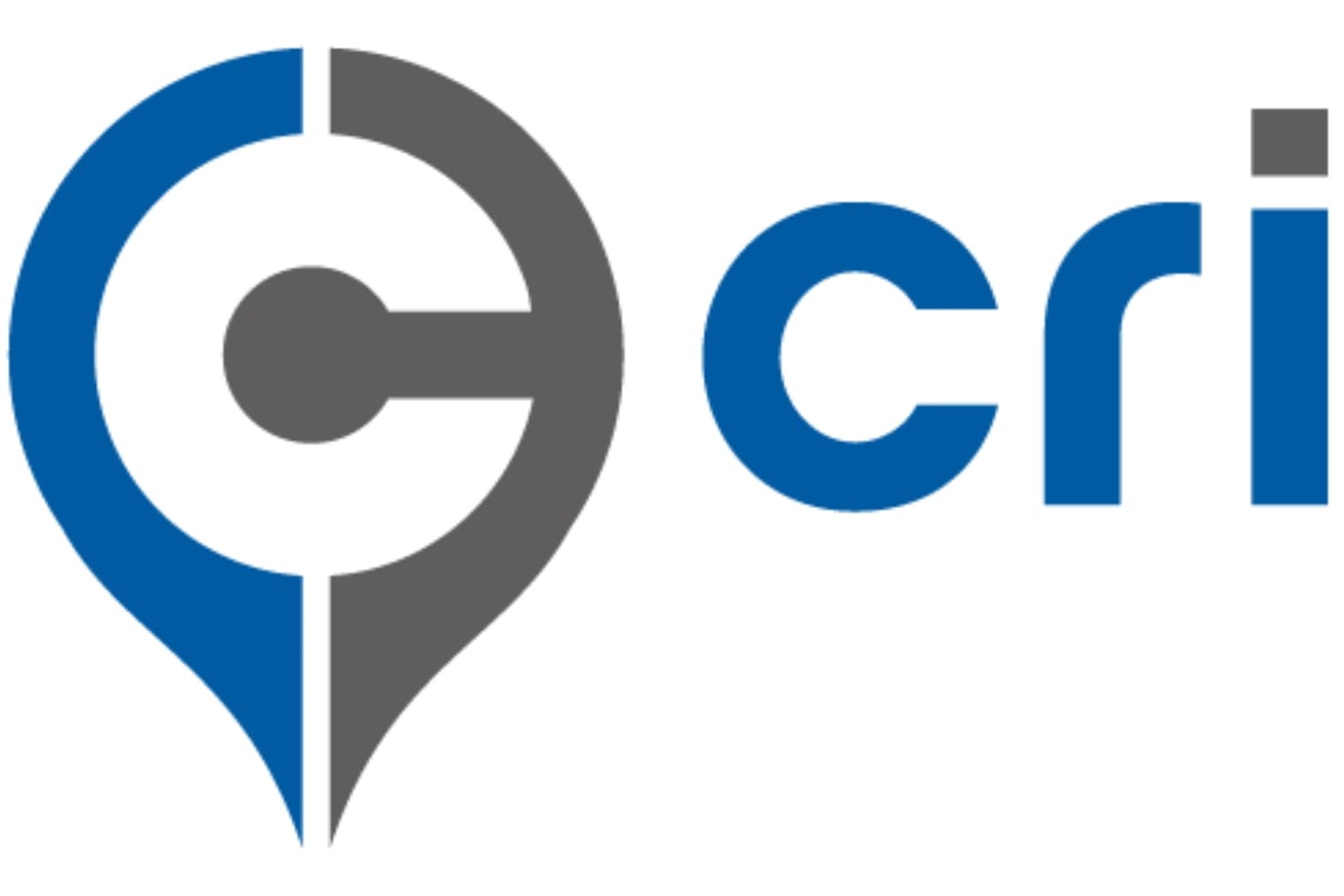[vc_row full_width=”stretch_row” gap=”30″][vc_column][vc_row_inner equal_height=”yes” gap=”30″][vc_column_inner][vc_column_text]
A Straightforward Approach

Many of the same processes and tools used to identify suitable new hires can also be used to improve the performance of your existing workforce.
In the past, most employers defined training and development of their workforce in terms of improving the skills required to perform the job requirements regardless of the level and type of position in the organization.
However, this approach often does not work because it does not take into account whether an employee has the aptitudes and traits needed to perform at an optimum level in their position. Trying to train people who lack the traits needed for success in a position simply may not work.[/vc_column_text][vc_column_text]Let’s look at what influences how a person behaves:
- Genetics – dictate eye color, skin, bone structure, height, and some behavioral traits etc.
- Biochemistry – related to diet, physical activity or lack thereof, and drugs (prescription and nonprescription) ingested and
- Environment – past and current environmental conditions the person has lived and worked in
These three factors come together to create the behavioral output of an individual. While genetics cannot be changed after birth, biochemical and environmental factors certainly change and as they do, so may the behavior of the individual on the job and in life in general.[/vc_column_text][vc_column_text]
Employee Benchmarks
 A person’s behaviors, combined with mental abilities, determine how the individual learns, assimilates information, and applies that information in life and/or job situations. Employers have historically placed too little emphasis on the behaviors and mental aptitudes of their employees when determining management training and development needs. An individual must have the appropriate mental aptitudes and behavioral traits that are essential to successful performance of their particular job if he or she is to respond favorably to management training and development. This is true whether the position is at the executive or hourly rate level. Therefore the case is made to evaluate where the person compares mentally and behaviorally to the requirements of the job, and if a perfect fit does not exist, then determine what can be done to develop the individual for more successful job performance and how best to accomplish that objective.[/vc_column_text][vc_column_text]By comparing an employee to other employees in a job category who are meeting and exceeding the expectations of the employer in that job category, management can identify where the individuals who are not performing at the level of the highly successful performers are deficient, and determine the areas in need of attention for training, motivation and development. With this approach, management can learn exactly what needs to be done and how to best manage and develop an employee’s performance after comparison to the successful performers.[/vc_column_text][vc_column_text]
A person’s behaviors, combined with mental abilities, determine how the individual learns, assimilates information, and applies that information in life and/or job situations. Employers have historically placed too little emphasis on the behaviors and mental aptitudes of their employees when determining management training and development needs. An individual must have the appropriate mental aptitudes and behavioral traits that are essential to successful performance of their particular job if he or she is to respond favorably to management training and development. This is true whether the position is at the executive or hourly rate level. Therefore the case is made to evaluate where the person compares mentally and behaviorally to the requirements of the job, and if a perfect fit does not exist, then determine what can be done to develop the individual for more successful job performance and how best to accomplish that objective.[/vc_column_text][vc_column_text]By comparing an employee to other employees in a job category who are meeting and exceeding the expectations of the employer in that job category, management can identify where the individuals who are not performing at the level of the highly successful performers are deficient, and determine the areas in need of attention for training, motivation and development. With this approach, management can learn exactly what needs to be done and how to best manage and develop an employee’s performance after comparison to the successful performers.[/vc_column_text][vc_column_text]
Understanding Benchmarks
This unique approach results in a benchmark of the aptitudes and traits required for successful job performance. A benchmark is derived by one of the flowing three approaches:
1. Deriving benchmarks specific to the organization (Custom)
In this approach, the employer chooses people who are successful within a job and those successful employees, in turn, complete an assessment in order to identify what skills and talents and their levels correlate directly to successful job performance. The assessment scores of the test group of successful employees are analyzed to derive a benchmark which identifies the skills and talents exhibited by the test group. This benchmark can then be utilized to objectively project performance on the job, since it is based on individuals who are successfully performing the job.[/vc_column_text][vc_column_text]
2. Deriving benchmarks through an industrial database (Database)
If an employer cannot or does not wish to derive an organization specific benchmark, a database is available which contains hundreds of benchmarks derived through the process described under option 1 above. Employers may simply choose an already established benchmark from the database maintained by CRI.[/vc_column_text][vc_column_text]
3. Deriving benchmarks through job description questionnaire (Questionnaire)
The employer may choose to review the job description and complete the “Benchmark Questionnaire” online. This process will allow the employer to identify the characteristics and the levels of those characteristics essential within the individual to successfully perform the requirements of the job.
Of the three different approaches to setting a benchmark, assessing successful people in the job who are currently meeting and exceeding an employer’s objectives in that job then comparing either applicants to that benchmark or the people in the job or the people in the job now is the preferred approach for deriving appropriate training and development suggestions. This approach is known as a concurrent validation study and an example of one such study follows.[/vc_column_text][/vc_column_inner][/vc_row_inner][/vc_column][/vc_row][vc_row][vc_column][vc_separator][vc_row_inner gap=”30″][vc_column_inner width=”1/2″][vc_column_text]
Related Articles
Read the next article in our employee performance development series, or contact CRI for help establishing employee benchmarks to unlock your team’s potential.[/vc_column_text][/vc_column_inner][vc_column_inner width=”1/2″][vc_column_text]
Tips for Hiring Managers
Bad hiring can have catastrophic effects on your business. The CRI blog and newsletter reveals insider tips on screening, assessing and interviewing job applicants to ensure that you don’t end up investing in the wrong candidate.
[/vc_column_text][/vc_column_inner][/vc_row_inner][vc_separator][/vc_column][/vc_row]

